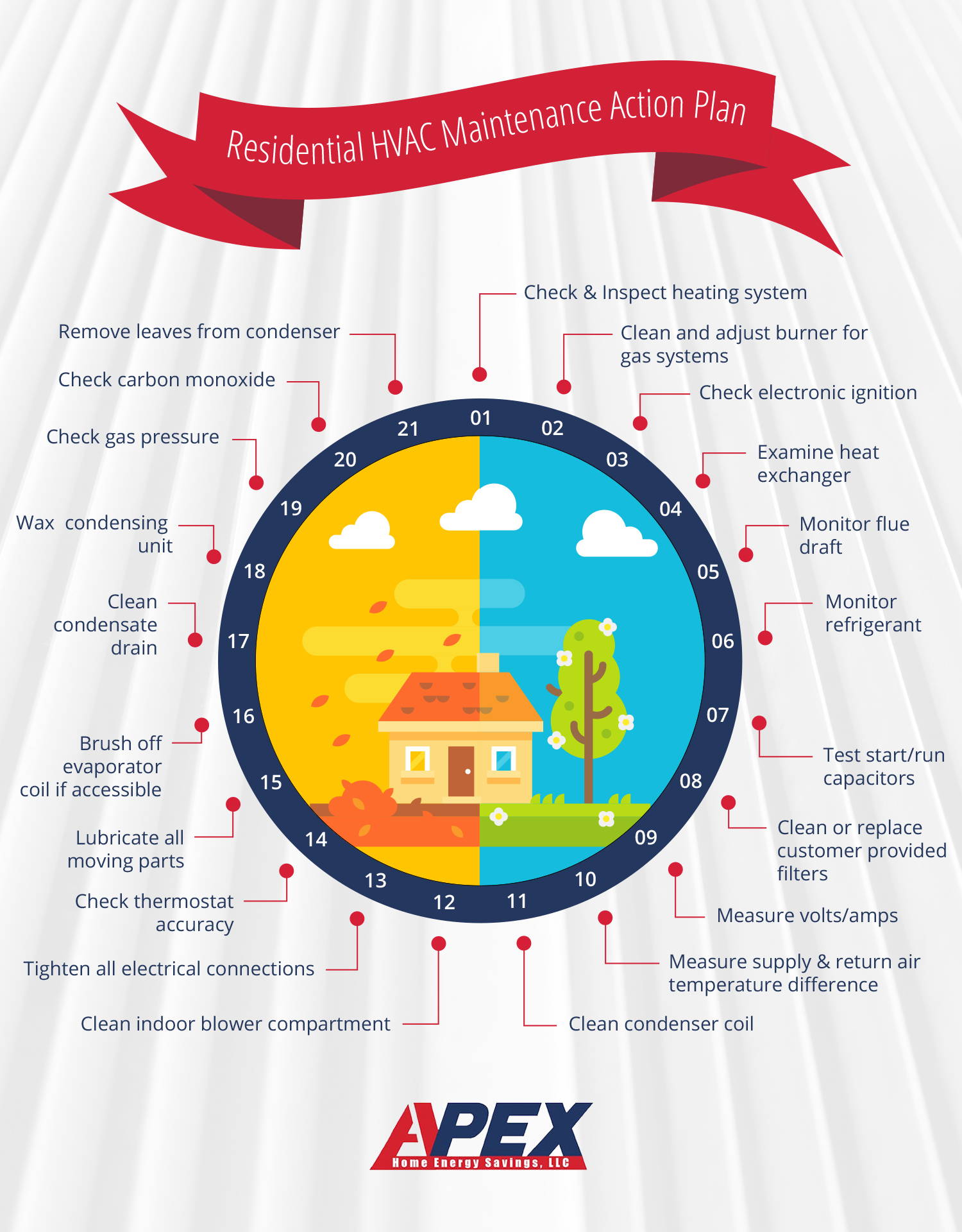The Ultimate Overview To Recognizing Heat Pumps - How Do They Work?
The Ultimate Overview To Recognizing Heat Pumps - How Do They Work?
Blog Article
Authored By-Hoppe Raymond
The most effective heat pumps can conserve you considerable quantities of cash on energy costs. They can likewise help in reducing greenhouse gas discharges, particularly if you use electrical power instead of fossil fuels like gas and heating oil or electric-resistance heaters.
Heatpump function quite the same as ac system do. This makes them a viable alternative to traditional electrical home furnace.
How They Work
Heatpump cool down homes in the summer and, with a little aid from power or natural gas, they supply some of your home's heating in the wintertime. They're a great alternative for people who want to reduce their use nonrenewable fuel sources however aren't prepared to change their existing heating system and cooling system.
They rely upon the physical truth that even in air that seems also cold, there's still power present: cozy air is always moving, and it wishes to relocate right into cooler, lower-pressure settings like your home.
Many ENERGY celebrity accredited heat pumps operate at near their heating or cooling capacity throughout most of the year, decreasing on/off cycling and conserving power. For the best performance, focus on systems with a high SEER and HSPF score.
The Compressor
The heart of the heat pump is the compressor, which is likewise referred to as an air compressor. This mechanical moving tool utilizes potential energy from power creation to enhance the pressure of a gas by minimizing its quantity. It is various from a pump because it only deals with gases and can not collaborate with fluids, as pumps do.
Climatic air gets in the compressor through an inlet valve. It travels around vane-mounted arms with self-adjusting length that separate the inside of the compressor, creating several tooth cavities of differing size. The blades's spin pressures these tooth cavities to move in and out of phase with each other, pressing the air.
The compressor reels in the low-temperature, high-pressure refrigerant vapor from the evaporator and compresses it right into the warm, pressurized state of a gas. This process is repeated as required to supply home heating or cooling as needed. The compressor additionally contains a desuperheater coil that reuses the waste heat and adds superheat to the cooling agent, transforming it from its liquid to vapor state.
The Evaporator
The evaporator in heat pumps does the very same thing as it performs in fridges and air conditioning unit, altering liquid cooling agent right into an aeriform vapor that eliminates warmth from the space. Heat pump systems would not work without this important tool.
This part of the system is located inside your home or structure in an indoor air handler, which can be either a ducted or ductless unit. It consists of an evaporator coil and the compressor that compresses the low-pressure vapor from the evaporator to high pressure gas.
Heatpump soak up ambient warm from the air, and then utilize electrical power to transfer that warmth to a home or business in home heating setting. That makes them a whole lot extra power effective than electric heaters or heaters, and since they're making use of tidy electricity from the grid (and not melting fuel), they additionally create much less emissions. That's why heat pumps are such excellent environmental choices. (In addition to a big reason they're ending up being so prominent.).
The Thermostat.
https://www.wbay.com/2022/07/03/tips-keep-pets-safe-comfortable-this-4th-july/ are terrific choices for homes in chilly climates, and you can use them in mix with traditional duct-based systems or perhaps go ductless. They're a wonderful alternate to fossil fuel heater or typical electric heating systems, and they're extra sustainable than oil, gas or nuclear cooling and heating equipment.
Your thermostat is the most essential element of your heatpump system, and it functions really in different ways than a standard thermostat. All mechanical thermostats (all non-electronic ones) work by using materials that change size with increasing temperature level, like coiled bimetallic strips or the increasing wax in an automobile radiator shutoff.
These strips consist of 2 different sorts of steel, and they're bolted together to develop a bridge that completes an electrical circuit attached to your cooling and heating system. As view it now gets warmer, one side of the bridge broadens faster than the various other, which causes it to flex and signal that the heater is required. When the heatpump remains in home heating mode, the turning around shutoff turns around the flow of refrigerant, to make sure that the outside coil now works as an evaporator and the indoor cyndrical tube comes to be a condenser.